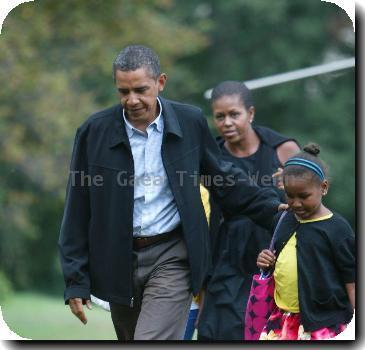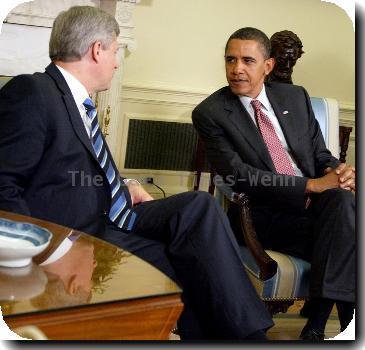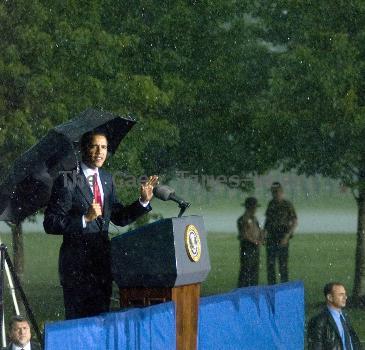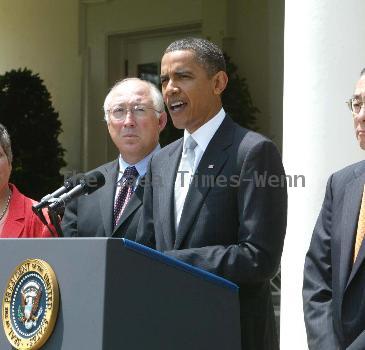Dutch become 1st NATO member to quit Afghanistan; Afghans protest deaths
By Robert H. Reid, APSunday, August 1, 2010
Dutch become 1st NATO member to quit Afghanistan
KABUL, Afghanistan — The Netherlands became the first NATO country to end its combat mission in Afghanistan, drawing the curtain Sunday on a four-year operation that was deeply unpopular at home and even brought down a Dutch government.
The departure of the small force of nearly 1,900 Dutch troops is not expected to affect conditions on the ground. But it is politically significant because it comes at a time of rising casualties and growing doubts about the war in NATO capitals, even as allied troops are beginning what could be the decisive campaign of the war.
Canada has announced it will withdraw its 2,700 troops in 2011 and Polish President Bronislaw Komorowski has promised to pull out his country’s 2,600 soldiers the year after.
That is likely to put pressure on other European governments such as Germany and Britain to scale back their forces, adding to the burden shouldered by the United States, which expects to have 100,000 troops here by the end of next month.
President Barack Obama has pledged to begin withdrawing American troops starting in July 2011. But Defense Secretary Robert Gates told ABC’s “This Week” broadcast Sunday that only a small number of troops would leave in the initial stage.
The end of the Dutch mission took place amid bad news from Afghanistan — including rising casualties and uncertainty over a strategy that relies heavily on winning Afghan public support through improved security and a better performance by Afghanistan’s corrupt and ineffectual government.
July was the deadliest month of the nearly 9-year war for U.S. forces with 66 deaths. U.S. commanders have warned of more losses ahead as the NATO-led force ramps up operations in longtime Taliban strongholds in the southern provinces of Kandahar and Helmand, which accounted for most of last month’s American deaths.
Two more international service members were killed Sunday in fighting in the south, NATO said without specifying nationalities.
The Dutch departure was sealed after Prime Minister Jan Peter Balkenende’s government collapsed earlier this year over disagreement among coalition members on whether to keep troops in Afghanistan longer. His Christian Democrat party suffered heavy losses at parliamentary elections in June.
Twenty-four Dutch soldiers have died in Afghanistan since the mission began in 2006. Most of the Dutch soldiers were based in the central province of Uruzgan, where they will be replaced by soldiers from the U.S., Australia, Slovakia and Singapore.
The Dutch pioneered a strategy they called “3D” — defense, diplomacy and development — that involved fighting the Taliban while at the same time building close contacts with local tribal elders and setting up numerous development projects.
Dutch troops, some of them riding bicycles, mingled closely with the local population and often did not wear helmets while walking around towns and villages as a way of winning the trust of wary local tribes.
“The international community and NATO are helping Afghanistan to stand on its own legs so the country can defend itself against extremists who want to use it as a breeding ground for global terrorism,” Foreign Minister Maxime Verhagen said in a message to Dutch troops.
NATO spokesman Brig. Gen. Josef Blotz played down the significance of the Dutch move, saying it did not signal a weakening of coalition resolve.
“The overall force posture of (NATO) and of the Afghan security forces is increasing,” Blotz told reporters. He noted the surge of mostly U.S. forces that have recently taken control of key areas in Helmand and Kandahar provinces from British and Canadian forces.
The American move into those areas is part of a bid to bolster security in Kandahar city, the biggest urban center in the south and the Taliban’s former headquarters. The U.S. move into areas around Kandahar was largely responsible for the spike in casualties over the past two months.
An escalation in fighting is likely to lead to a rise in civilian casualties, undermining support for the coalition among ordinary Afghans. A minibus full of civilians struck a roadside bomb in southern Afghanistan early Sunday, and Afghan officials said six of those on board were killed.
At least 270 civilians were killed in the fighting in July, and nearly 600 wounded — a 29 percent increase in civilian casualties over the previous month, according to Interior Ministry spokesman Zemeri Bashary.
U.N. figures show that the Taliban are responsible for most civilian deaths through suicide attacks and roadside bombs. Nevertheless, many Afghans still blame the coalition, arguing that without foreign troops, the Taliban would have little reason to mount attacks.
More than 200 Afghans marched through Kabul on Sunday to protest the alleged deaths of 52 civilians in a NATO rocket attack in the south. NATO has repeatedly disputed the allegations of civilian deaths, and Blotz said Sunday that a joint assessment team has only confirmed that between one and three civilians may have died in the July 23 attack in the Sangin district of Helmand province.
Protesters carried photos of children allegedly killed or wounded in the missile strike and shouted “Death to America! Death to NATO!”
“We should not tolerate such attacks. The Americans are invaders who have occupied our country in the name of fighting terrorism,” said 22-year-old Ahmad Jawed, a university student.
He said the Afghan government was equally to blame for failing to exert control over NATO troops.
“We don’t have a strong enough government to protect the rights of the Afghan people,” Jawed said.
In a letter to NATO-led forces, the top U.S. and coalition commander, Gen. David Petraeus, reminded his troops they cannot succeed in turning back the Taliban without “providing (civilians) security and earning their trust and confidence.”
“The Taliban are not the only enemy of the people,” Petraeus said in the letter. “The people are also threatened by inadequate governance, corruption and the abuse of power — the Taliban’s best recruiters.”
Petraeus told his troops to “hunt the enemy aggressively” but “use only the firepower needed to win a fight.”
“If we kill civilians or damage their property in the course of our operations, we will create more enemies than our operations eliminate,” he said.
Associated Press Writers Heidi Vogt and Rahim Faiez in Kabul and Mike Corder in Amsterdam contributed to this report.
Tags: Afghanistan, As-afghanistan, Asia, Barack Obama, Central Asia, Collateral Damage, Europe, International Incidents, Kabul, Kandahar, Netherlands, North America, United States, War Casualties, Western Europe



